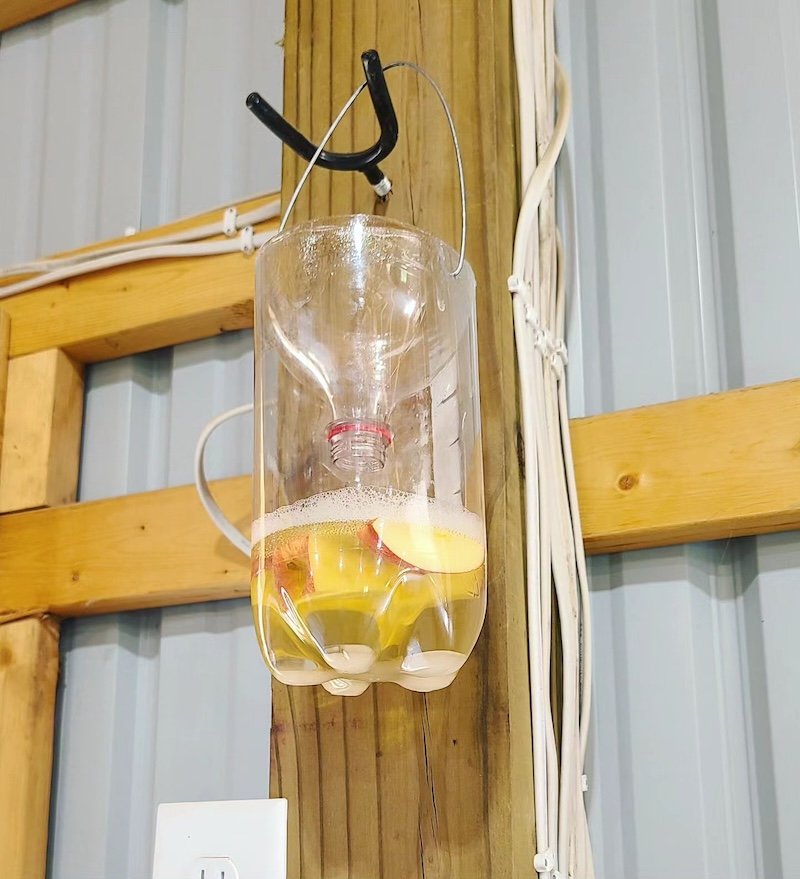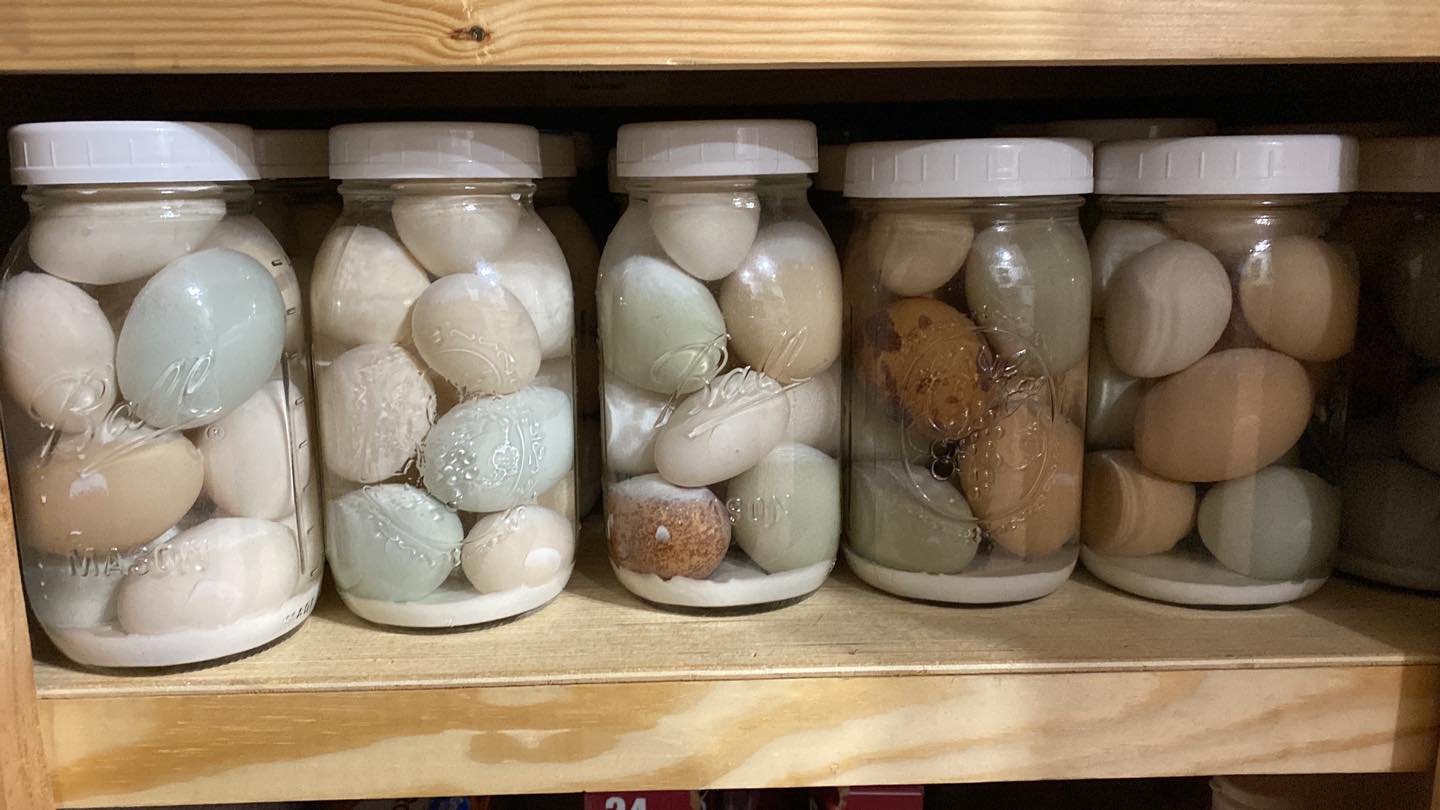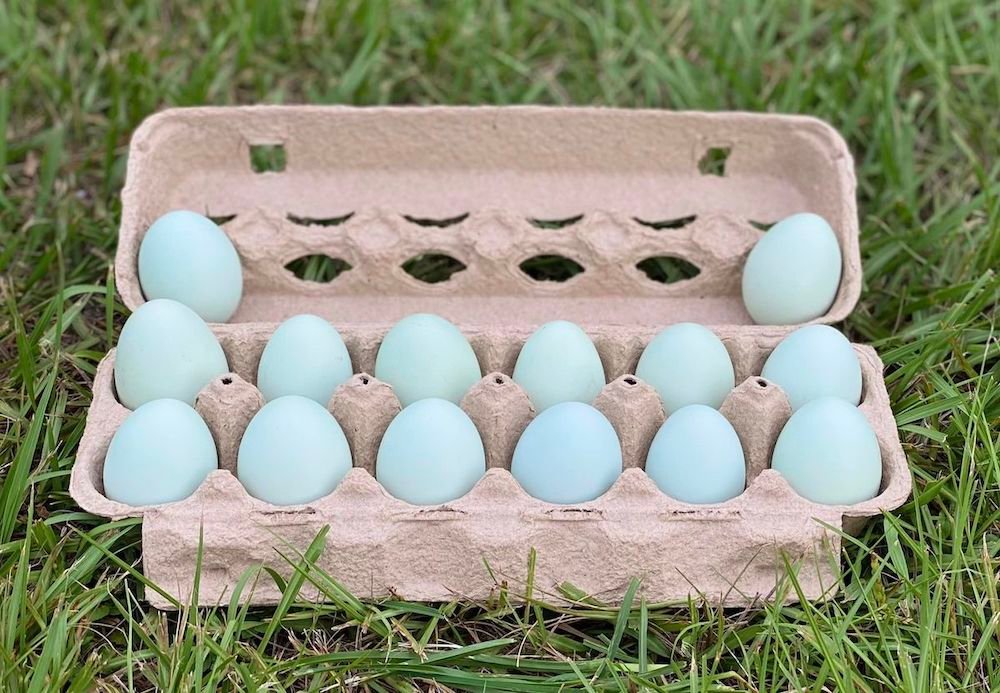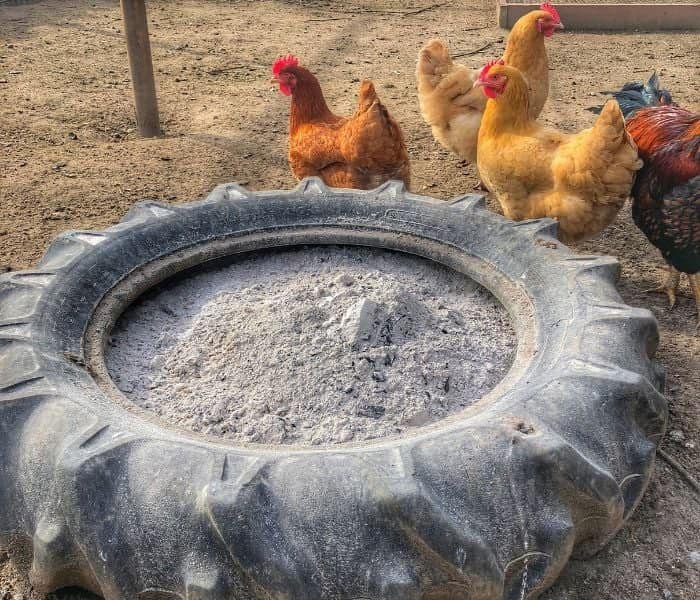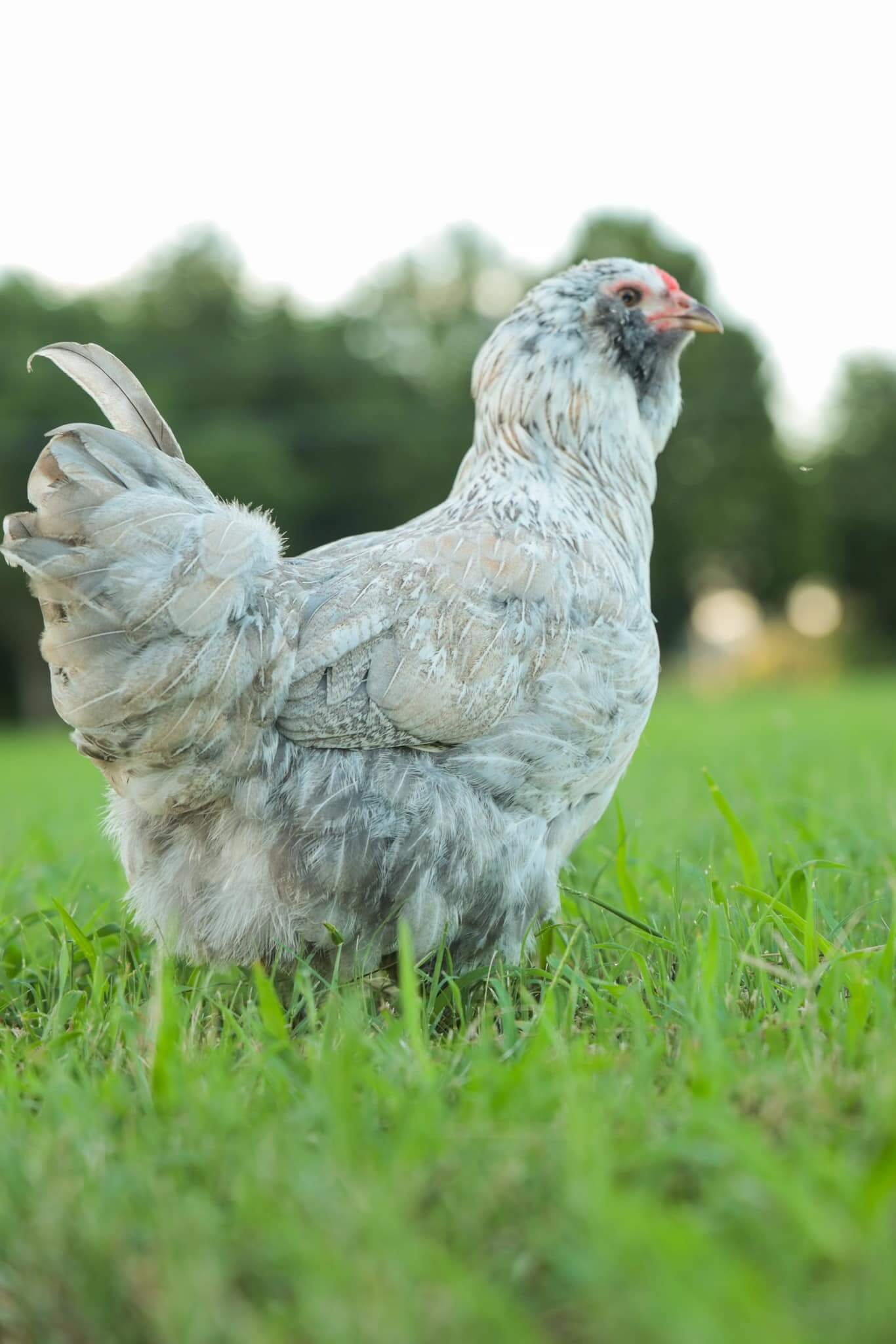Raising the Resilient Saxony Duck: A Comprehensive Guide
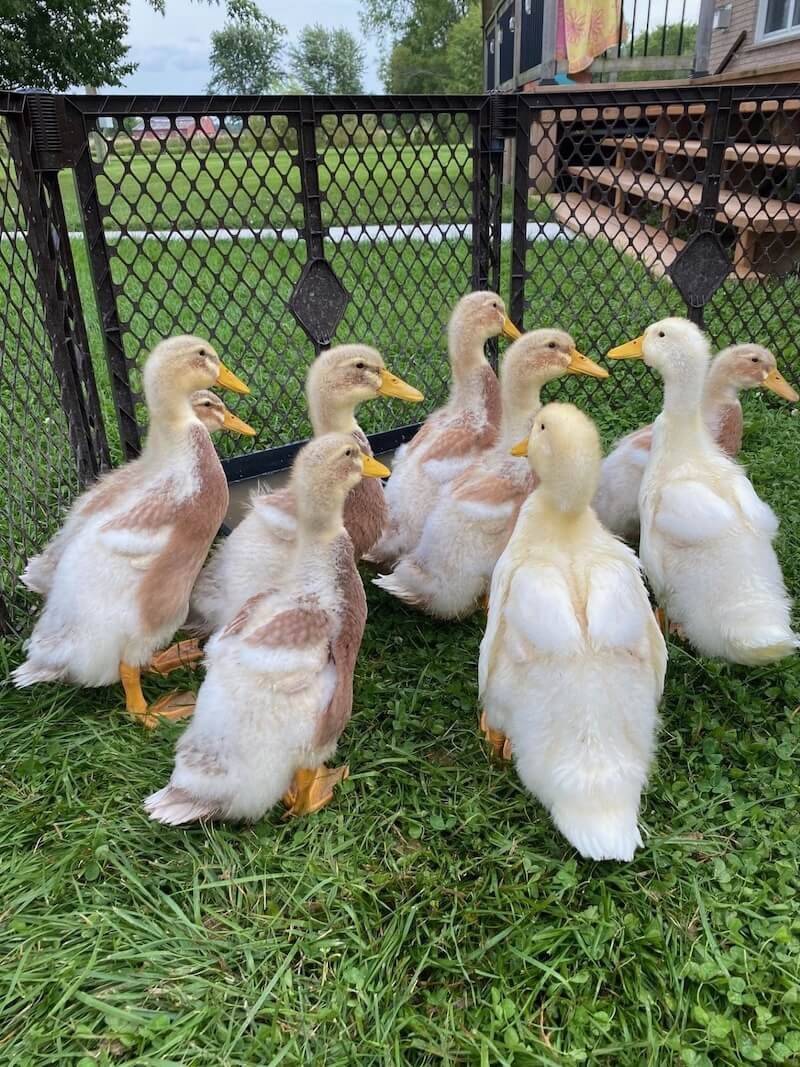
So, you’re thinking about adding some feathered friends to your homestead? We get it! Ducks are awesome, and if you’re looking for a bird that’s pretty chill, good for eggs and meat, and just plain friendly, the Saxony duck might be just what you need. We’ve put together this guide to walk you through everything you need to know about raising these great birds, from bringing them home to keeping them happy and healthy. Let’s get started!
Key Takeaways
- Saxony ducks are good for both eggs and meat, making them a good choice for many homesteads.
- These ducks are known to be friendly and pretty calm, which is nice for backyard flocks.
- Saxony ducks are strong and can handle different conditions well.
- Giving your Saxony ducks the right food and a safe place to live is important for their health.
- With good care, Saxony ducks can be a great addition to your farm or backyard for a long time.
Why Choose the Saxony Duck?
We’ve found that choosing the right duck breed can make all the difference in your homesteading journey. The Saxony duck, with its unique blend of traits, has become a favorite for many, including us. Let’s explore why this breed might be the perfect addition to your flock.
A Dual-Purpose Delight
One of the biggest reasons we love Saxony ducks is their dual-purpose nature. They’re excellent layers, providing a good number of eggs each year, and they also grow to a respectable size for meat production. This makes them a practical choice if you’re looking for a breed that can contribute to your homestead in more ways than one. Unlike some breeds that excel in one area but lack in another, the Saxony offers a balanced approach.
Friendly Faces in the Flock
Beyond their practical benefits, Saxony ducks are known for their docile and friendly temperament. We’ve found them to be much calmer and easier to handle than some other duck breeds. This gentle nature makes them a great choice if you have children or are simply looking for ducks that are pleasant to be around. They tend to integrate well with other poultry, too, making flock management a breeze. Their friendly nature makes them good pet ducks.
Hardy and Resilient Saxony Duck
Saxony ducks are known for their hardiness and resilience. They adapt well to various climates and are generally less prone to health issues than some of the more delicate breeds. This robustness means less worry for us, especially during harsh weather conditions. They are also good foragers, which can help reduce your feed costs.
Raising ducks, especially breeds like the Saxony, teaches us a lot about sustainable living. Their ability to forage, their dual-purpose nature, and their resilience all contribute to a more self-sufficient homestead. It’s a rewarding experience to see them thrive and contribute to our daily lives.
Bringing Your Saxony Duck Home
Getting ready to welcome Saxony ducklings into your homestead is an exciting time! It’s more than just bringing them home; it’s about setting them up for a happy, healthy life. We’ve learned a few things along the way that we think will help you too.
Sourcing Healthy Ducklings
Finding the right ducklings is the first step. We always look for reputable breeders or hatcheries. A good breeder will be transparent about their practices and the health of their flock. Ask questions! Don’t be shy about inquiring about the parent ducks’ health history, living conditions, and temperament. It’s also a good idea to see if they’ve been vaccinated for common duck ailments. Healthy ducklings are active, alert, and have bright eyes. Avoid ducklings that appear lethargic, have discharge around their eyes or nostrils, or have soiled vents.
Setting Up Their First Home
Ducklings need a safe, warm, and dry space to start. We use a brooder – a large box or pen works well. Here’s what we’ve found essential:
- Bedding: Pine shavings are our go-to. Avoid cedar shavings, as they can be harmful. Replace the bedding regularly to keep it clean and dry.
- Space: Give them plenty of room to move around. Overcrowding can lead to stress and health problems. A good rule of thumb is at least 1 square foot per duckling for the first few weeks.
- Food and Water: Place feeders and waterers in easily accessible spots. Make sure the waterer is shallow enough to prevent ducklings from drowning. We use marbles or pebbles in the waterer to reduce the risk.
Remember, ducklings grow quickly! Be prepared to upgrade their living space as they get bigger. It’s better to start with a slightly larger brooder than to have to scramble to find a new one in a few weeks.
Optimal Warming Conditions
Temperature is critical for young ducklings. They can’t regulate their body temperature well at first, so they need a reliable heat source. We use a heat lamp with a red bulb. Here’s how we manage the temperature:
- First Week: Aim for 90-95°F (32-35°C) directly under the heat lamp.
- Subsequent Weeks: Reduce the temperature by about 5°F (3°C) each week until they are fully feathered or the ambient temperature is around 70°F (21°C).
- Observation is Key: Watch the ducklings’ behavior. If they are huddled together under the lamp, they are too cold. If they are spread out and panting, they are too hot. Adjust the height of the lamp accordingly. Wildlife rehabilitation centers understand the importance of optimal warming conditions for vulnerable birds.
Here’s a simple temperature guide:
| Week | Temperature (°F) | Temperature (°C) |
|---|---|---|
| 1 | 90-95 | 32-35 |
| 2 | 85-90 | 29-32 |
| 3 | 80-85 | 27-29 |
| 4 | 75-80 | 24-27 |
| 5+ | 70 | 21 |
Feeding Your Growing Saxony Duck
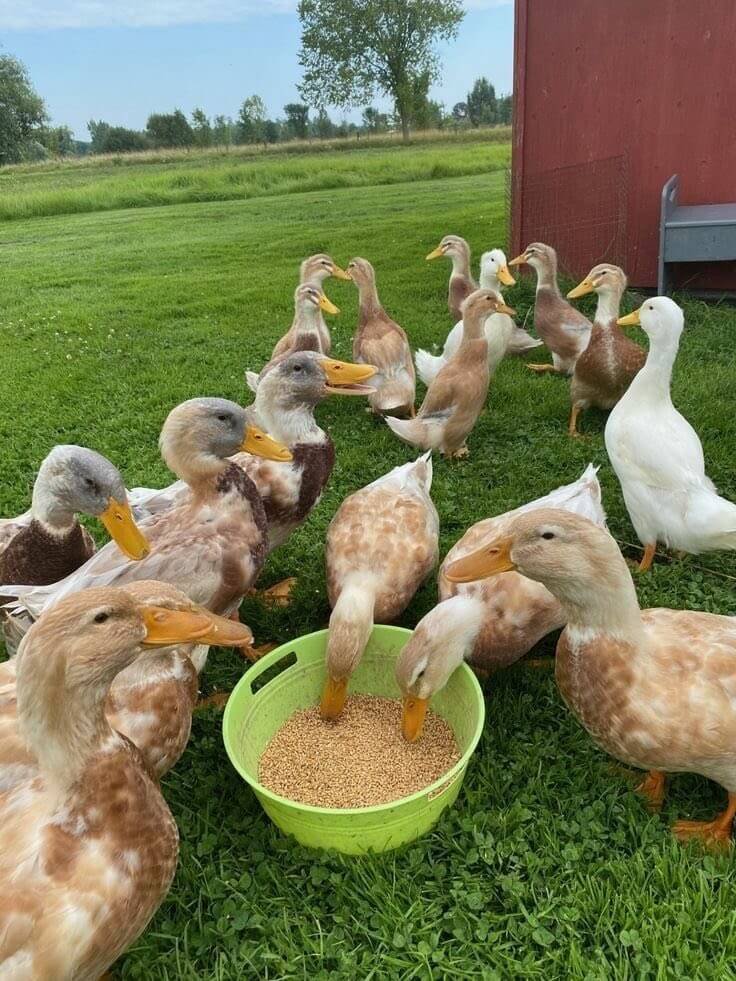
Nutritional Needs for Ducklings
When we first bring those adorable Saxony ducklings home, their diet is super important. They need a high-quality starter feed, specifically one that’s non-medicated. We aim for a protein content of around 20-22% to support their rapid growth. Don’t forget about niacin! Ducklings need more niacin than chicks, so either choose a feed formulated for waterfowl or supplement with brewer’s yeast. We usually mix a little brewer’s yeast into their feed for the first few weeks just to be safe.
Transitioning to Adult Feed
As our Saxony ducks grow, their nutritional needs change. Around 8-10 weeks, we start transitioning them to an adult feed. This is usually a layer feed if we’re focusing on egg production, or a maintenance feed if we’re more interested in meat production. The protein content can be lower now, around 16-18%. It’s a gradual process; we mix the starter feed with the adult feed, slowly increasing the ratio of adult feed over a week or two. This helps their digestive systems adjust. Always make sure they have access to grit to help them digest their food properly. You can find starter feed at most farm supply stores.
Foraging Fun for Your Saxony Duck
Saxony ducks love to forage! It’s a natural behavior that keeps them happy and healthy. We supplement their diet with foraging opportunities as much as possible. This could mean letting them roam in a safe, enclosed area of our yard where they can munch on grass, weeds, and bugs. We also toss in kitchen scraps like vegetable peels and leftover greens (avoiding anything toxic, of course!).
Foraging not only provides them with extra nutrients but also helps keep them entertained. A bored duck is more likely to get into trouble, so keeping them busy with foraging is a win-win!
Here are some things we’ve found our ducks enjoy foraging for:
- Clover
- Dandelions
- Slugs and snails
Creating the Perfect Saxony Duck Habitat
Creating the right habitat is key to keeping our Saxony ducks happy and healthy. We’ve learned a lot over the years about what works best for them, and we’re excited to share our insights.
Safe and Secure Housing
Our ducks need a safe place to sleep and get out of the weather. A sturdy coop is a must, protecting them from predators and the elements. Here’s what we consider:
- Size: Allow at least 4 square feet of floor space per duck inside the coop. Overcrowding can lead to stress and disease.
- Ventilation: Good airflow is important to prevent moisture buildup and respiratory problems. We make sure our coop has vents near the roof.
- Bedding: We use straw or wood shavings for bedding, changing it regularly to keep things clean and dry.
- Accessibility: Make sure the coop is easy for us to access for cleaning and maintenance.
A well-maintained coop is more than just shelter; it’s a sanctuary for our ducks. Regular cleaning, proper ventilation, and sturdy construction are non-negotiable for their well-being.
Water for Wading and Playing
Saxony ducks love water! It’s not just for drinking; they need it for preening and playing. We provide them with a few options:
- A large tub or small duck pond is ideal for swimming. We change the water frequently to keep it clean.
- Smaller water containers should be available at all times for drinking and quick dips.
- Consider a kiddie pool – it’s easy to clean and provides plenty of space for several ducks to splash around.
Protection from Predators
Predators are a real concern, especially at night. We take several steps to protect our flock:
- Secure fencing: We use strong wire mesh fencing around the entire duck area, burying it a few inches deep to prevent digging.
- Coop security: The coop door should have a secure latch that predators can’t open. We also check for any gaps or holes in the coop walls.
- Guardian animals: A well-trained dog or even a goose can help deter predators. We’ve found our dog is a great deterrent.
- Motion-activated lights: These can scare away nocturnal predators. We installed a few around the perimeter of the duck area.
By taking these precautions, we can help ensure our Saxony ducks live long and happy lives on our homestead.
Health and Well-being of Your Saxony Duck
Common Duck Ailments
Just like any other animal, our Saxony ducks can be susceptible to a few common ailments. It’s important to be aware of these so we can act fast if we notice something is off. Some of the more prevalent issues include things like avian influenza, duck viral hepatitis, and internal parasites. We need to keep a close eye on our flock and be ready to consult with a vet if needed. Early detection is key to successful treatment and keeping our ducks healthy and happy. A balanced diet plays a key role in duck health.
Preventative Care and Veterinary Support
Preventative care is where we can really shine as responsible duck owners. This means ensuring our ducks have a clean living environment, access to fresh water, and a nutritious diet. Regular health checks are also a must. We should be looking for any signs of illness, such as changes in behavior, appetite, or droppings.
Here’s a simple checklist we use:
- Cleanliness: Regularly clean their coop and surrounding area.
- Nutrition: Provide a balanced diet appropriate for their age and breed.
- Observation: Monitor their behavior and physical condition daily.
Having a good relationship with a vet who is experienced with poultry is invaluable. They can provide guidance on vaccinations, parasite control, and treatment options if any health issues arise.
Recognizing Signs of Distress
Knowing what’s normal for our Saxony ducks is the first step in recognizing when something is wrong. Changes in behavior are often the earliest indicators of distress. If a duck is usually active and suddenly becomes lethargic, or if they stop eating, it’s a red flag. Other signs to watch out for include:
- Feather plucking
- Labored breathing
- Swelling or discharge around the eyes or nostrils
- Unusual droppings
If we notice any of these signs, it’s important to isolate the affected duck from the rest of the flock to prevent the potential spread of illness and seek veterinary advice promptly. Remember, our attentiveness can make all the difference in ensuring the well-being of our Saxony ducks. Consider raising meat rabbits for a sustainable homesteading solution.
Breeding and Raising Saxony Ducklings
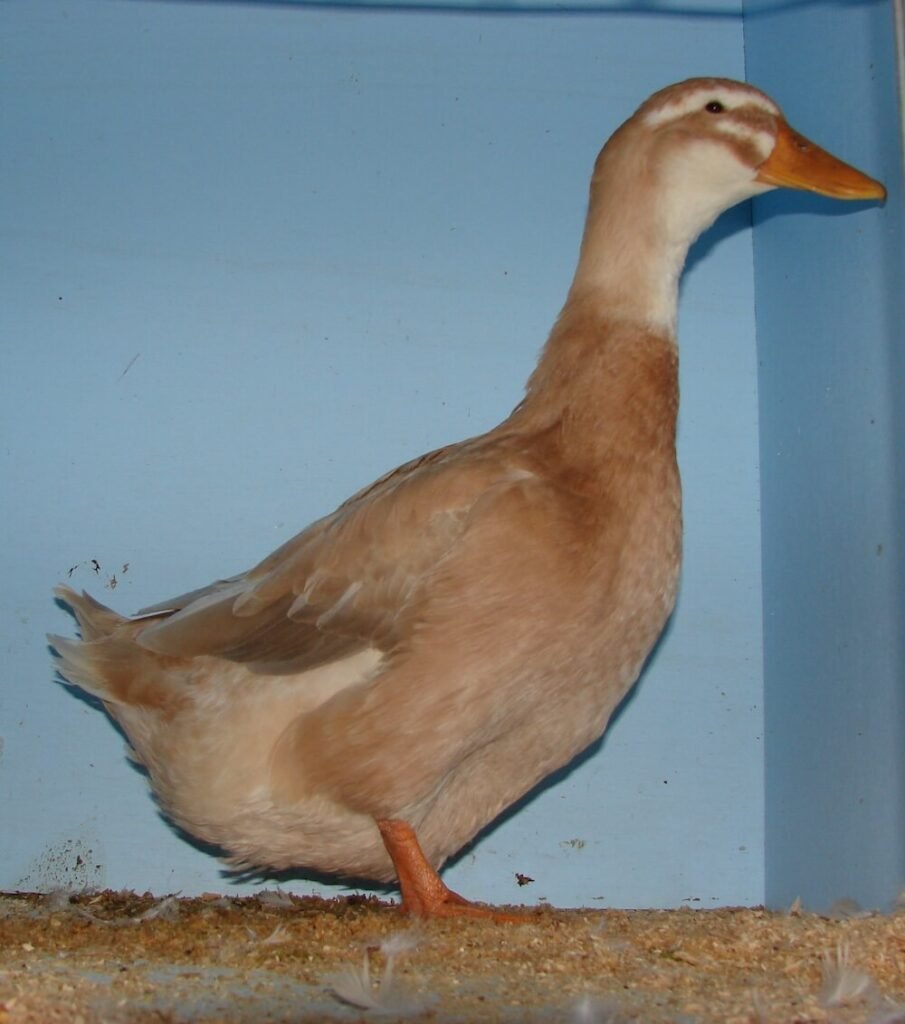
Understanding the Breeding Cycle
For us, understanding the Saxony duck breeding cycle is key to successful duckling rearing. Generally, Saxony ducks reach breeding maturity around one year old. The breeding season typically kicks off in the spring, influenced by daylight hours and weather conditions. We’ve noticed our ducks start pairing off during the late winter months, showing increased interest in nesting sites. It’s important to provide them with suitable nesting boxes or sheltered areas filled with clean straw or hay. A good ratio is one drake to 4-6 ducks to ensure good fertility without over stressing the drake.
Incubation and Hatching
Saxony ducks, like most breeds, have an incubation period of around 28 days. We’ve had success with both natural incubation (allowing the hen to sit on the eggs) and artificial incubation using an incubator. If you choose natural incubation, ensure the hen has a safe, quiet place to nest and isn’t disturbed too much. With artificial incubation, maintaining a consistent temperature (around 99.5°F) and humidity (55-65%) is vital. Candling the eggs after about a week can help identify fertile eggs. Here’s a quick guide:
- Days 1-7: Initial development
- Day 7: Candling to check for fertility
- Days 25-28: Increase humidity for hatching
We’ve learned that patience is key during hatching. Resist the urge to help the ducklings hatch unless they’re clearly in distress. Interfering can sometimes do more harm than good. Once hatched, allow the ducklings to dry completely under the heat source before moving them to the brooder.
Caring for New Saxony Ducklings
Once the ducklings hatch, a well-prepared brooder is essential. We use a large plastic tub with pine shavings for bedding. A heat lamp is crucial for keeping them warm, especially in the first few weeks. Start with a temperature of around 90°F and gradually reduce it as they grow. Fresh water and duckling starter feed should always be available. Make sure the water is shallow enough to prevent them from drowning. Here are some key points for duckling care:
- Brooder Temperature: Start at 90°F, reduce gradually.
- Feed: Duckling starter feed (unmedicated).
- Water: Clean, shallow water source.
- Bedding: Pine shavings, changed regularly.
We also like to give our ducklings access to shallow water for swimming and playing under supervision from a very young age. This helps them develop their natural instincts and keeps them happy and healthy. Remember to monitor them closely for any signs of illness or distress and consult a vet if needed. Raising Saxony ducklings is a rewarding experience, and with proper care, you’ll have a thriving flock in no time. Remember to provide optimal warming conditions for the ducklings.
The Saxony Duck in Your Homestead
As we integrate Saxony ducks into our homestead, we’ve found them to be more than just pretty faces. They contribute in several ways, from providing eggs and meat to helping with pest control. Let’s explore how these ducks can become valuable members of your sustainable living setup.
Egg Production and Quality
Saxony ducks are decent egg layers, though not quite as prolific as some specialized breeds. On average, we get around 150-220 eggs per duck each year. Their eggs are larger than chicken eggs and have a richer flavor, making them great for baking and cooking. We’ve noticed the egg quality is best when the ducks have access to a varied diet, including plenty of greens and insects.
Providing a high-quality feed and allowing them to forage freely significantly improves both the quantity and quality of the eggs. We supplement their diet with kitchen scraps and garden waste, which they happily devour.
Meat Production Considerations
Saxony ducks are a dual-purpose breed, meaning they’re suitable for both egg and meat production. They grow relatively quickly and have a good meat-to-bone ratio. If you’re considering raising them for meat, it’s important to plan ahead and ensure you have the facilities to process them humanely.
Here’s a quick look at some considerations:
- Growth Rate: They reach a good size in about 16-20 weeks.
- Meat Quality: The meat is flavorful and tender.
- Processing: Requires proper equipment and knowledge.
Integrating Saxony Ducks with Other Poultry
We’ve found that Saxony ducks generally integrate well with other poultry, such as chickens and geese. However, it’s important to introduce them gradually and provide enough space to prevent overcrowding and competition for resources. Ducks have different needs than chickens, particularly when it comes to water, so make sure they have their own dedicated areas. Consider getting healthy Call Ducklings if you want smaller ducks to integrate with your Saxony ducks.
Here are a few tips for successful integration:
- Provide separate feeding and watering stations.
- Ensure adequate space to avoid aggression.
- Monitor interactions closely during the initial integration period.
- Consider the different shelter needs of each species.
Conclusion
So, we’ve talked a lot about Saxony ducks, right? We’ve gone over how to care for them, what they need to eat, and even how to keep them happy. It’s pretty clear that these ducks are something special. They’re not just pretty to look at; they’re also good for eggs and meat, and they tend to be pretty friendly. We think that by giving them a good home and the right care, anyone can have a great time raising them. It’s a rewarding thing to do, and you’ll end up with some cool ducks. We hope this guide helps you get started on your own Saxony duck adventure!
Frequently Asked Questions
Are Saxony ducks good for families and beginners?
Yes, Saxony ducks are known for being very friendly. They often enjoy being around people and can become quite tame, making them great additions to a family farm or backyard flock.
What are Saxony ducks primarily used for?
Saxony ducks are considered a dual-purpose breed, meaning they are good for both egg and meat production. They lay a good number of large, white eggs and also grow to a nice size, providing quality meat.
How well do Saxony ducks handle different climates?
Saxony ducks are quite hardy and can handle various weather conditions, including colder temperatures, thanks to their strong genetics. They are known for being resilient.
What kind of care do Saxony ducks need to stay healthy?
To keep Saxony ducks healthy, we need to provide them with a balanced diet, clean water for drinking and swimming, and a safe, secure living space away from predators. Regular check-ups for any signs of illness are also important.
What is the average lifespan of a Saxony duck?
A typical Saxony duck can live anywhere from 5 to 10 years in the wild, but if they are cared for well in a domestic setting, they can live much longer, sometimes up to 20 years or more.
Do Saxony ducks enjoy foraging for food?
Yes, Saxony ducks are excellent foragers. This means they love to search for their own food like insects, worms, and plants, which can help reduce the cost of feed and keep them active and happy.





